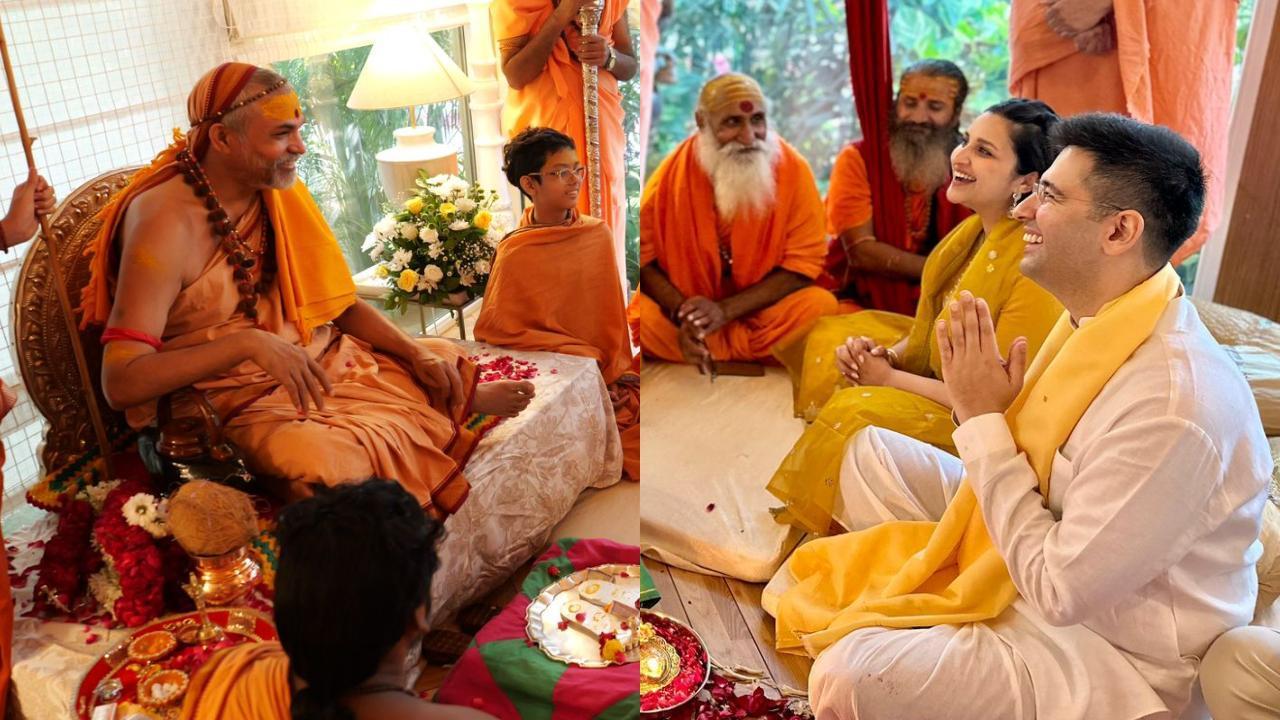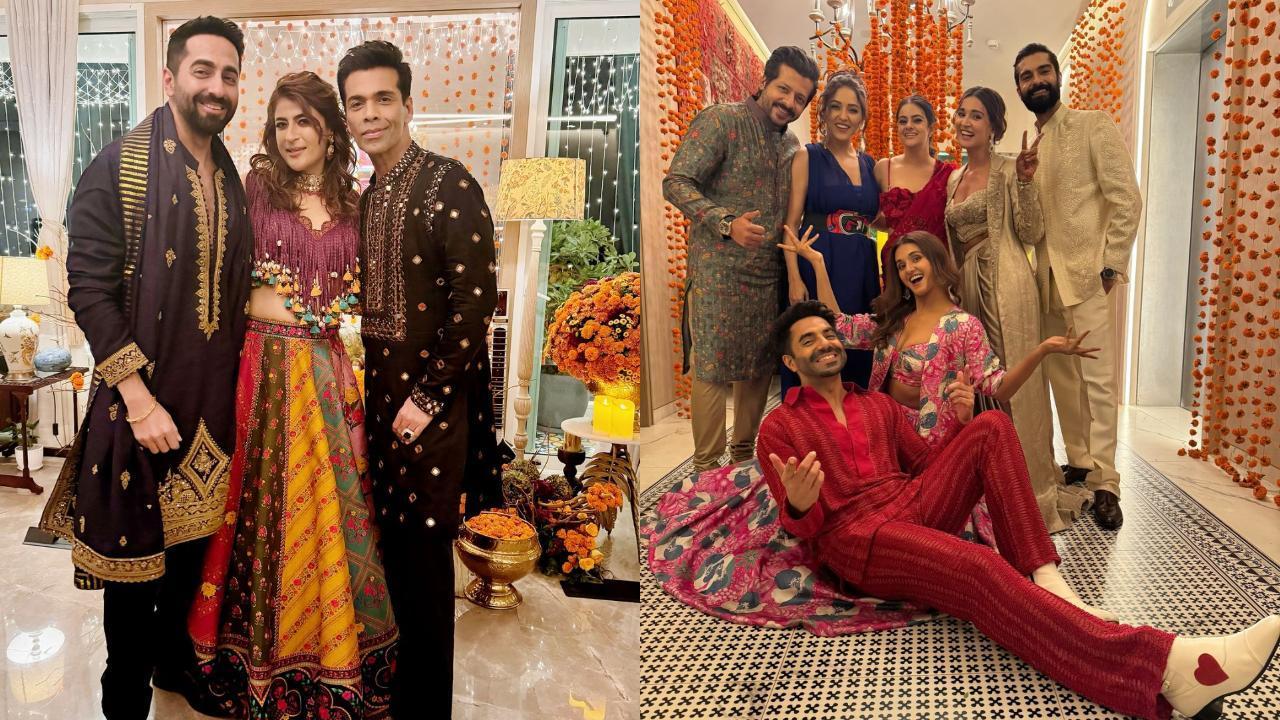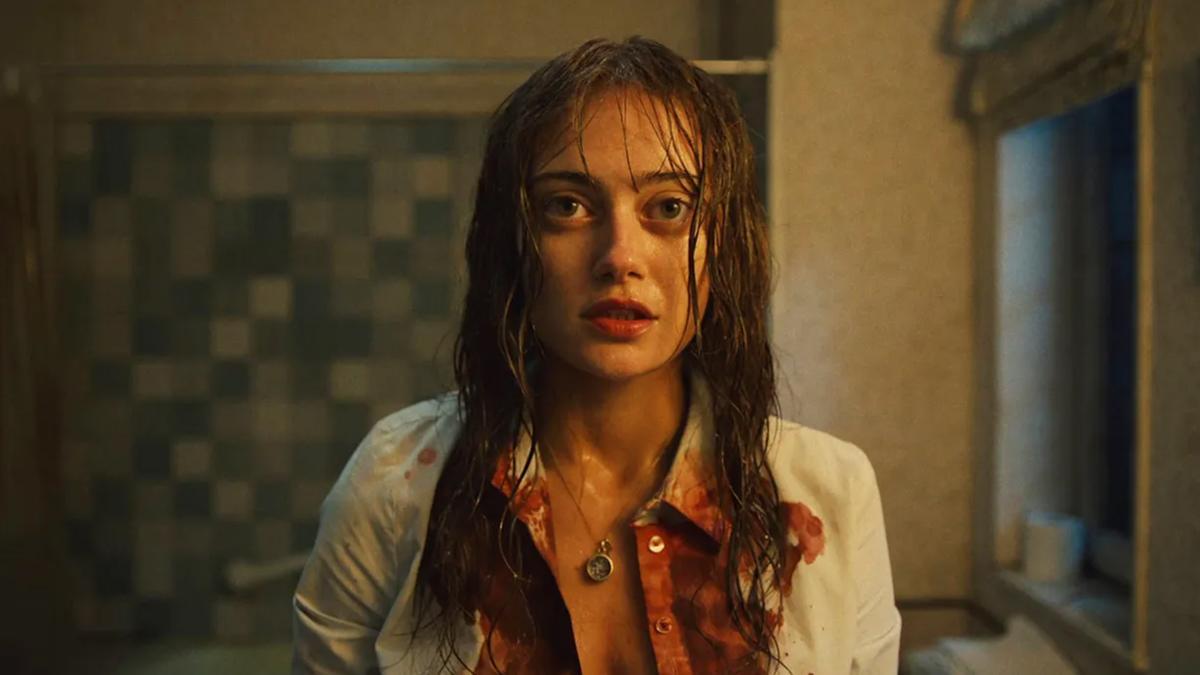
As the drizzles of an unusually wet October continue to blanket parts of southern India under the influence of the north-east monsoon, the symphony of rain creates both chaos and comfort for the inhabitants. While power outages and water seepage in buildings may alter one’s perception of romanticizing the showers, filmmakers have long harnessed the motif of rain to evoke a spectrum of emotions and intensify the cinematic experience.
The evocative nature of rain has often prompted artists to use it as a dramatic device. Among them, Japanese filmmaker and novelist Makoto Shinkai is particularly renowned for his rain-centric narratives. His enchanting creations such as “The Garden of Words” and “Weathering With You” stand out as notable homages to this natural phenomenon. In “The Garden of Words,” a teenager and an older woman find solace in each other’s company, evading the torrents by taking shelter in a Shinjuku park, while “Weathering With You” introduces a young orphan girl who wields the power to control the weather, weaving magical realism into a coming-of-age tapestry punctuated by visually entrancing rain sequences that transform Tokyo into a breathtaking escape.
When it comes to Western cinema, Hollywood has often capitalized on the moody allure of rain to heighten suspense in thrillers. David Fincher’s iconic thriller “Se7en” epitomizes this stylistic choice, using relentless rain as a backdrop to amplify the grim narrative, which only ceases after the apprehension of the antagonist. Similarly, the atmosphere in films like Martin Scorsese’s “Shutter Island” and Matt Reeves’ “The Batman” are significantly shaped by their stormy settings. Denis Villeneuve also frequently employs rain in his films, including “Blade Runner 2049,” “Prisoners,” and “Arrival,” each utilizing the element to enhance their storytelling. While “Blade Runner 2049” maintains Ridley Scott’s rain-drenched futuristic vision, “Prisoners” and “Arrival” find their suspenseful beats underscored by the gloomy weather. Additionally, James Mangold’s “Identity” offers a continuous rainfall serving as the catalyst for its mysterious, confined narrative.
Asian cinema, particularly from South Korea, presents another intriguing use of rain, where its presence brings layers of meaning to the story.
. Bong Joon-Ho, a celebrated Korean auteur, often interprets rain as a harbinger of doom and revelation. In “Memories of Murder,” rains signal the occurrence of heinous crimes, while in the award-winning “Parasite,” a torrential downpour unearths the harsh realities of class division and subverts the family dynamics. Films like “The Host” and “Mother” further showcase Bong’s ability to intertwine rain into the thematic core of his narratives.
Turning to Indian cinema, directors have unveiled rain as a poignant narrative tool that accentuates the emotional landscape of their stories. Mani Ratnam’s “Kannathil Muthamittal” is steeped in the lush rainfall of Sri Lanka, setting a somber tone for its moving climax marked by a haunting score from AR Rahman. In “Raavanan,” Ratnam pays tribute to the dynamic monsoon of the jungle, which aligns with the film’s epic narrative structure. Arivazhagan’s “Eeram” explores a supernatural thriller enveloped by consistent rainfall, with musical notes like “Mazhaiye Mazhaiye” encapsulating its ambiance.
Other filmmakers, such as Vishal Bhardwaj in “Kaminey,” Mohit Suri in “Aashiqui 2,” and Anurag Basu in “Life in a Metro,” have seized rain as a visual and emotional metaphor, crafting scenes that linger in the minds of viewers. In the Marathi film space, Payal Kapadia’s “All We Imagine as Light” delves into Mumbai’s monsoon, capturing both its beauty and chaos. Malayalam cinema also provides masterpieces with “Maheshinte Prathikaram,” directed by Dileesh Pothan, where brooding skies mirror emotional undercurrents, and Padmarajan’s classic “Thoovanathumbikal,” where rain personifies passion and longing.
As moviegoers, we’ve come to appreciate the immersive power of rain on film, contributing to a narrative’s mood, tension, and depth. Who among us doesn’t cherish a rain-soaked melody in cinema? But perhaps, that tune is a conversation for another rainy day.
Readers can look forward to our fortnightly insights, where The Hindu cinema team explores films and shows aligned with specific emotions, themes, or cultural events, capturing the essence of the medium’s magic.










